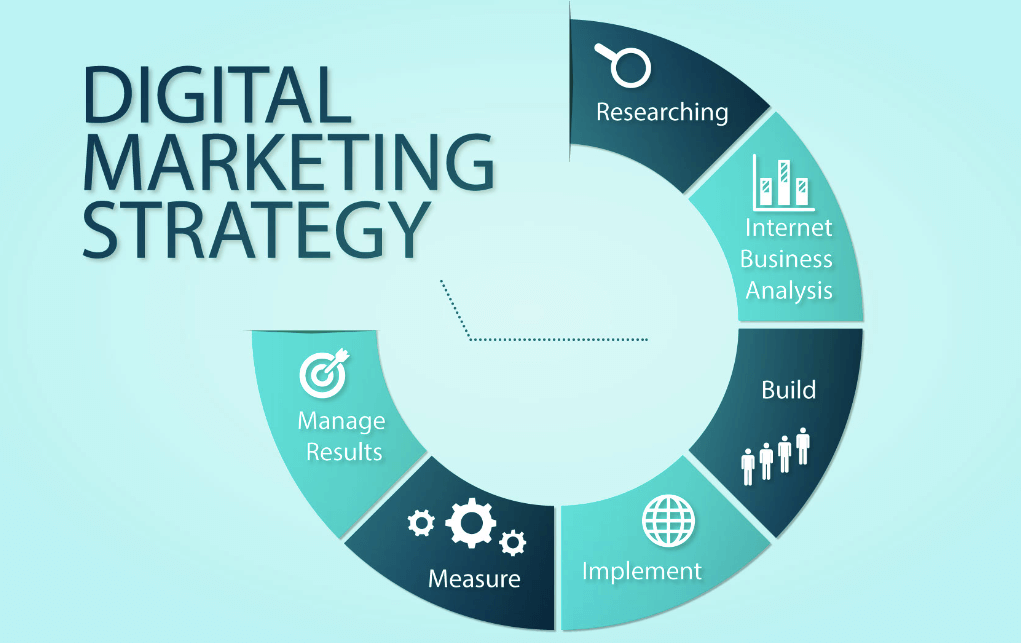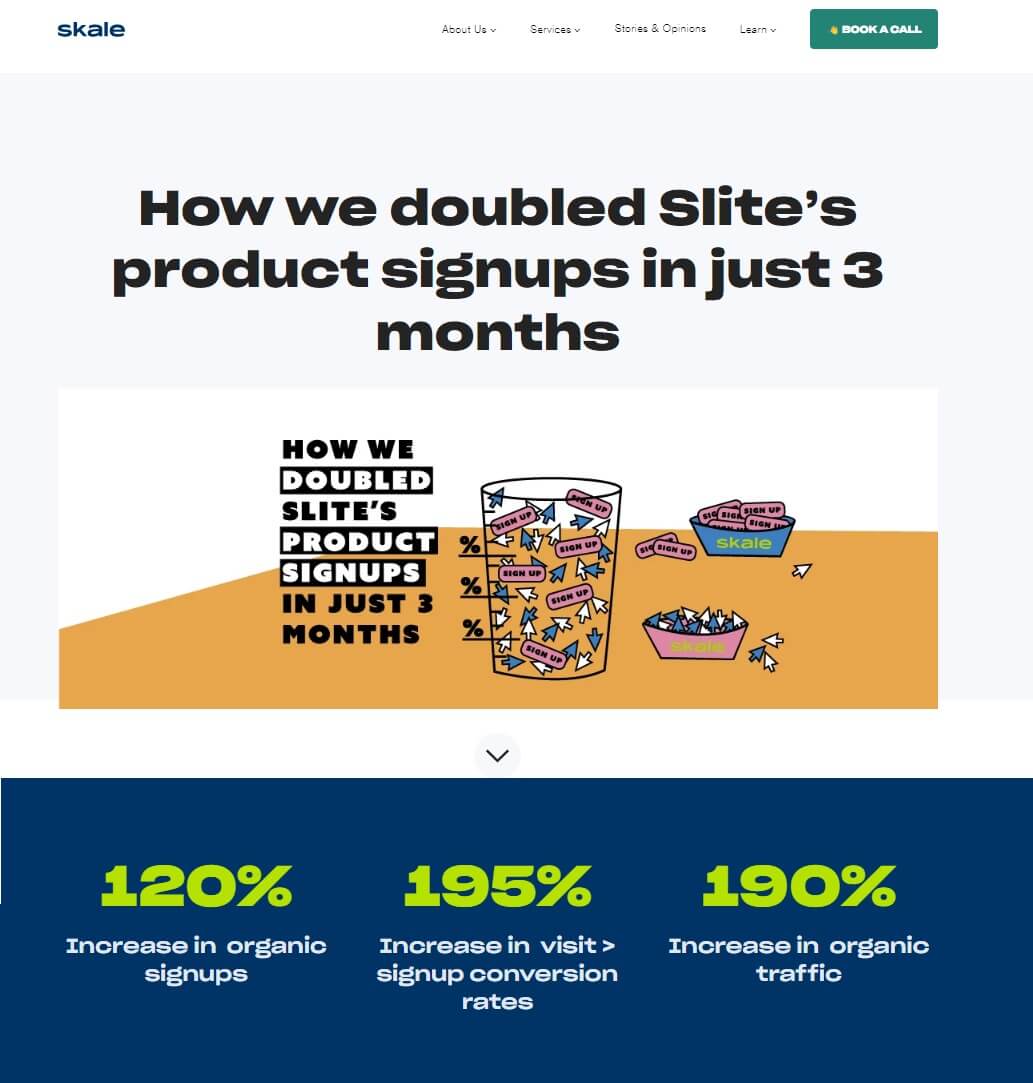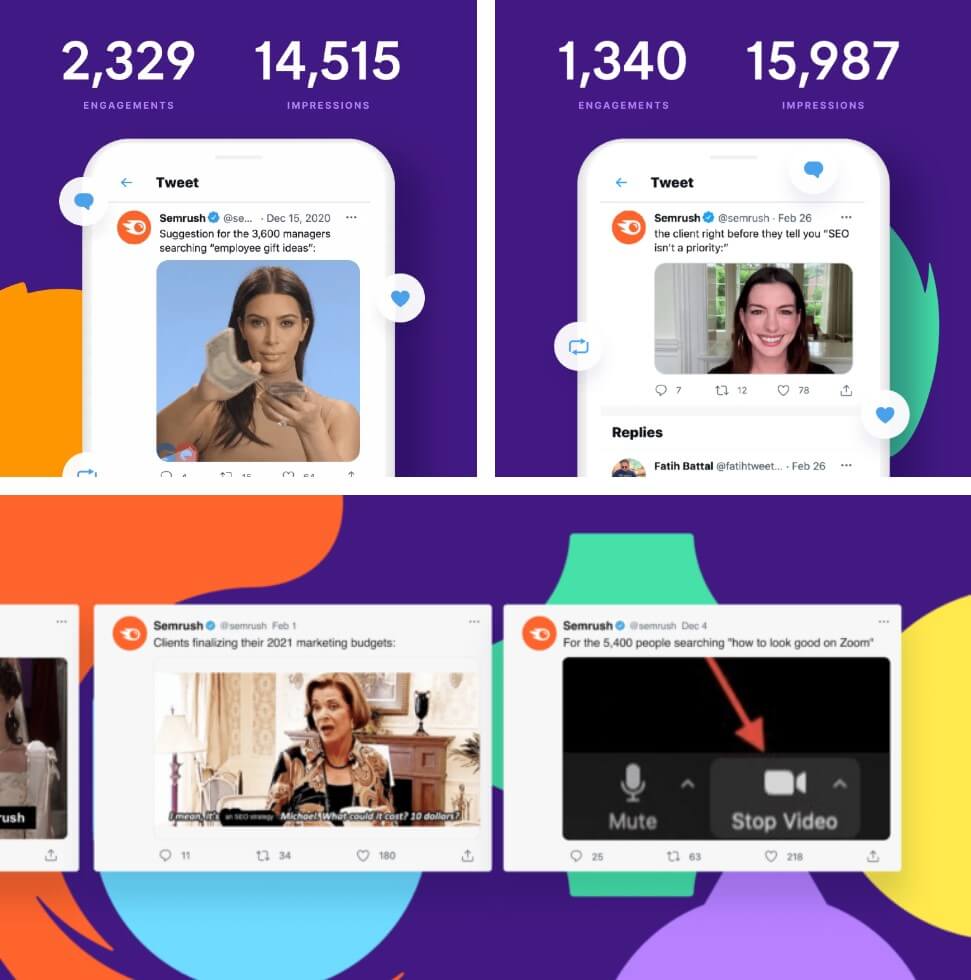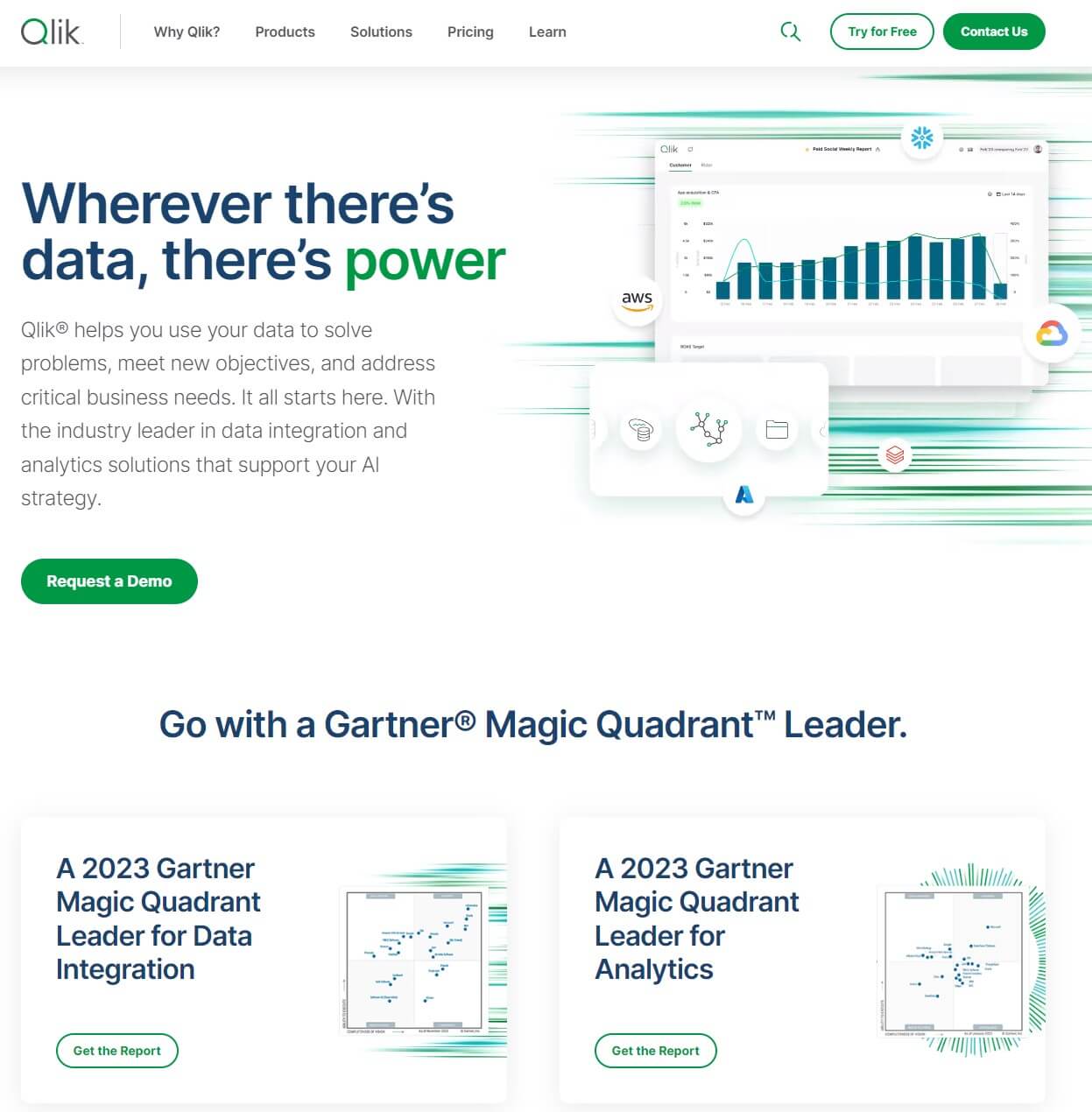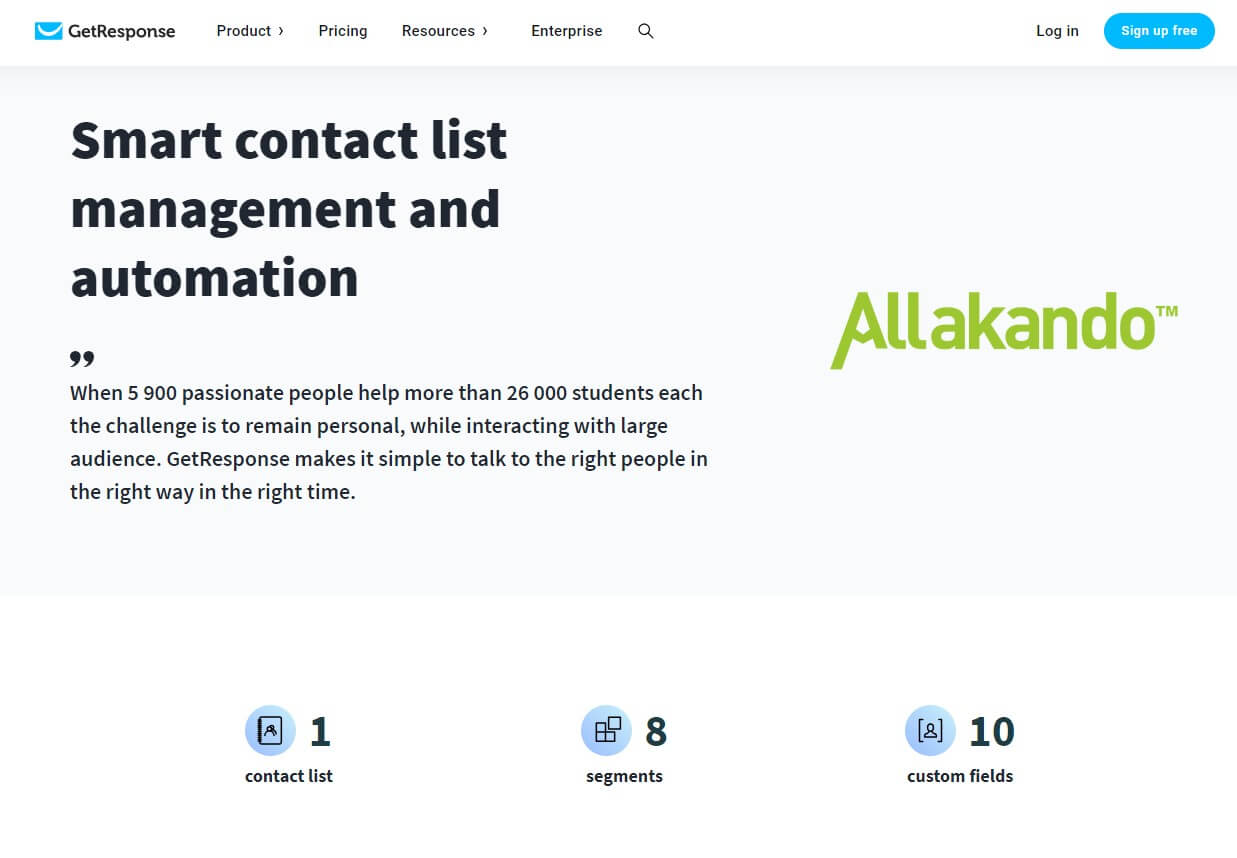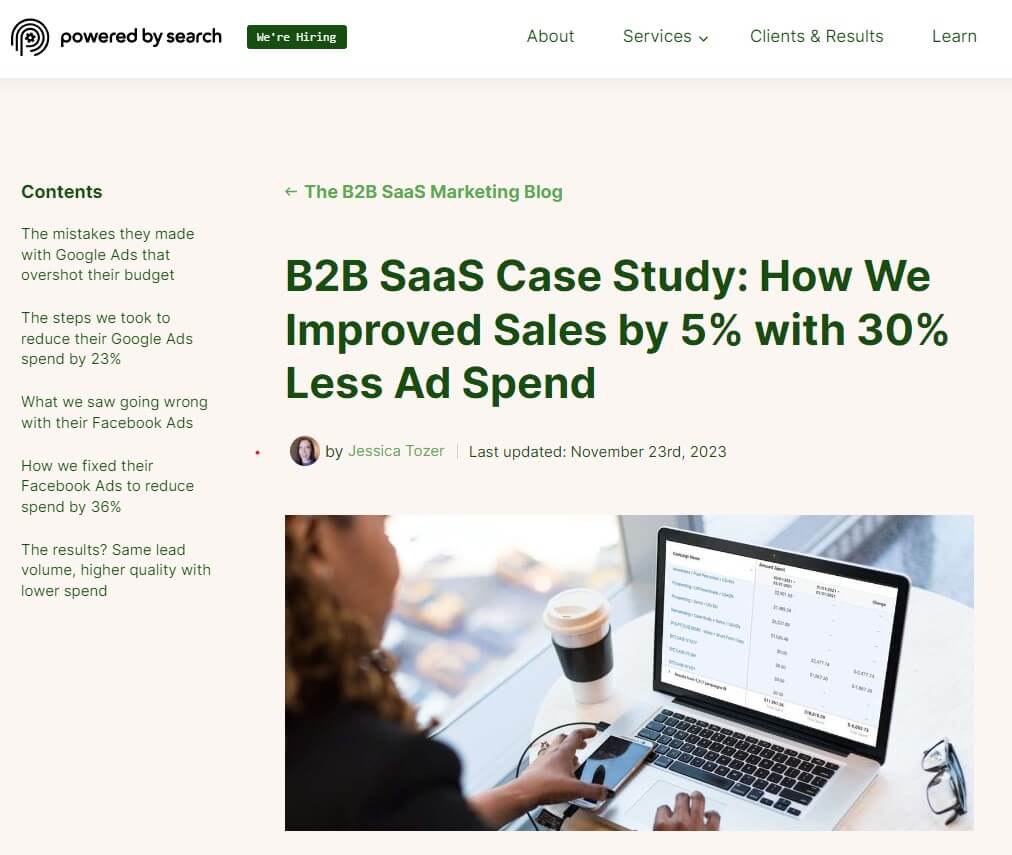Understanding Digital Marketing Strategy, Tactics and Campaigns
Digital marketing encompasses a broad range of practices aimed at reaching, engaging, and converting online audiences. Digital marketers often hear the terms “strategy,” “tactics,” and “campaigns” come up and believe it or not, some might think they are the same thing, especially digital marketing strategy and digital marketing tactics.
But in truth, each denotes different layers of planning and execution. Understanding the distinctions between these terms is crucial for effective digital marketing planning and implementation. So, let’s have a quick look at the three and what sets them apart.
Digital Marketing Strategy
What is it? A digital marketing strategy is a high-level plan designed to achieve long-term business goals through digital channels. It outlines the overall direction and objectives of your marketing efforts, focusing on what you want to achieve for your brand or business, such as increasing brand awareness, driving sales, or building customer loyalty. The strategy part of it considers the target audience, market positioning, and the competitive landscape.
How is it different? Unlike tactics or campaigns, a strategy is broader and more focused on long-term goals. It provides a framework within which campaigns and tactics operate, setting the direction for all marketing activities.
TLDR: Digital marketing strategy is the big picture of what you want to achieve.
Source: Web Pulse Solution
Digital Marketing Tactics
What is it? Digital marketing tactics refer to the specific methods or techniques used to achieve the objectives outlined in your digital marketing strategy. They are the actionable steps taken to execute the strategy, often involving the use of specific tools or platforms, such as SEO (search engine optimisation), content marketing, social media marketing, email marketing, and pay-per-click advertising – the topics we are covering in this article today.
How is it different? Tactics are more focused and specific than strategies. While a strategy outlines the overall goals, tactics delve into the how-to aspects, detailing the execution plan. Tactics are often short-term and flexible, allowing marketers to manoeuvre freely in the digital landscape or during ongoing campaigns.
TLDR: Digital marketing tactics are the steps to achieve or move your strategy into action towards your business goals.
Digital Marketing Campaigns
What is it? A digital marketing campaign is a concentrated effort to achieve a particular short-term goal under the broader digital marketing strategy, using a specific combination of tactics over a set period. Campaign goals might include launching a new product, promoting a special offer, or increasing engagement on social media platforms. Campaigns are thematic, focused on a particular message or offer, and are measured by the achievement of their specific objectives.
How is it different? Campaigns are more temporary and targeted than either strategies or tactics. While a strategy provides the overarching goals and direction, and tactics define the methods to achieve those goals, campaigns are the actual, individual initiatives launched to drive forward a specific part of the strategy. Campaigns have clear start and end dates, specific objectives, and measurable outcomes, making them more focused and time-bound than the broader, ongoing tactics or overall strategy.
TLDR: Digital marketing campaigns are the specific, focused initiatives you’ll run, using those tactics, to hit specific objectives.
Source: Mentionlytics
The Rule of Seven: The Marketing Principle
The Rule of Seven is a timeless marketing axiom that emphasises the need for repeated exposure to an offer to trigger a conversion. Incorporating these elements into your digital marketing strategies can significantly enhance your ability to connect with and convert your B2B audience. In the context of digital marketing, this principle can be applied through
Rule #1 Content
Crafting valuable and relevant content that addresses the needs and challenges of your target audience.
Rule #2 Context
Ensuring your marketing messages are delivered in the right context to enhance relevance and engagement.
Rule #3 Connection
Building meaningful relationships with your audience through personalized interactions.
Rule #4 Community
Creating a sense of belonging for your customers by engaging with them in community-driven platforms and forums.
Rule #5 Customisation
Tailoring your marketing efforts to meet your target segments’ specific preferences and requirements.
Rule #6 Communication
Maintaining open channels of communication to foster trust and transparency with your audience.
Rule #7 Conversion
Optimising every touchpoint in the customer journey to encourage the desired action, be it a sign-up, a download, or a purchase.
8 Digital Marketing Tactics
Content Marketing
Content marketing is pivotal for building trust, authority, and engagement within your B2B audience. By providing valuable, relevant, and consistent content, you position your company as an industry leader while educating and solving your audience’s problems, which drives meaningful business relationships.
Bannersnack, a cloud-based banner maker company was able to increase its website traffic by 61% and blog traffic by 52% through a strategic play on content marketing. They focus on a topic-based approach with major support from the SEO front and blog articles. Their mission was to provide value-first to their customers that slowly but surely converted into paying customers.
For additional reading materials to get you familiarised with content marketing, you can explore in-depth articles on platforms like Content Marketing Institute or HubSpot for strategies, trends, and success stories in content marketing.
SEO
Search Engine Optimisation (SEO) is essential for improving online visibility, driving organic traffic to your website, and ensuring that your content reaches its intended audience. For B2B businesses, a strong SEO strategy can significantly impact lead generation and brand awareness.
Skale worked on an extensive SEO campaign for one of their clients, Slite to turn SEO into a conversion-driven channel. Some of the key strategies they implemented were improving Slite’s website architecture, building quality backlinks and running numerous A/B tests to increase the conversion metrics – signups. After just three months, Slite had doubled their signups and the conversion rate increased by up to 195%.
For additional reading materials to get you familiarised with SEO, Moz and Search Engine Journal are excellent resources for staying updated on SEO best practices and strategies.
Social media marketing
Social media marketing allows B2B companies to build brand awareness, engage with their audience, and support their customer journey on platforms where their audience is already active. It’s also a valuable channel for sharing content and industry insights.
SEMrush, a global SaaS company that specialises in SEO, and a frequent mention in several of our article series when we wrote about SEO-related topics like a step-by-step guide to perform SEO site audits, came into a roadblock when trying to build their Twitter presence. With the help of Walker Sands, they were able to rework their brand’s voice to be a humour-focused persona for Twitter and jump into trending conversations through social media listening. From here, they were able to see positive results in the first month with over 250,000 impressions and close to 18,000 engagements.
For additional reading materials to get you familiarised with social media marketing, hop on over to Social Media Examiner and Hootsuite. They offer valuable insights into social media strategies and trends for businesses.
Account-based Marketing (ABM)
ABM is a focused approach where marketing and sales teams work together to target and engage with specific high-value accounts. It’s highly effective in B2B marketing, leading to more personalized and relevant marketing efforts.
Qlik took the use of AI to the next level which resulted in an average of 2 to 3x conversions for their end-to-end data integration and analytics cloud platform. Speaking of AI, we wrote a similar piece to explore the use of AI in digital marketing sphere that would give additional insights. Through the support from AI, big data and machine learning, they were able to prioritise their existing leads to focus on which accounts to target for their new business. This type of automation on their lead scoring system saw a 30-40% decrease in time spent during preparation and follow-up phases.
For additional reading materials to get you familiarised with ABM, you can look to Demandbase to provide comprehensive guides and case studies on ABM strategies and implementation.
Email marketing
Email marketing is a direct line to potential and existing customers. It’s cost-effective and offers one of the highest ROIs among digital marketing tactics out there. For B2B companies, email marketing is crucial for lead nurturing, customer retention, and driving conversions.
Allakando, a Swedish-based tutoring company innovated its contact list with the help of GetResponse to improve contact list management for their over 30,000 audiences. By collecting data from multiple sources and using smart automation, they were able to conduct email marketing with their audience on a personal level, with each connection targeted towards their audience’s needs. It helped them know their audience better and know what the audience required from them.
For additional reading materials to get you familiarised with email marketing, Mailchimp and Campaign Monitor offer insights and tips on creating effective email marketing campaigns.
Paid advertising
Paid advertising, including pay-per-click (PPC) and social media ads, offers B2B companies a fast track to visibility and lead generation. It’s highly targeted, allowing for precise audience segmentation and immediate results.
A B2B fitness software company – one of Powered by Search clients, spends less ad spend and gains more sales in return. They trimmed down the excessive settings in Google Ads by excluding low-converting audience groups, optimised their negative keyword list, and extensively controlled the performance of keyword ads to only prioritise converting keywords and pause those that did the opposite. In the end, the fitness software company were able to save up to 30% on ad spent while maintaining (and gaining) conversion volumes.
For additional reading materials to get you familiarised with paid advertising, WordStream and Google Ads Blog are great resources for learning about PPC strategies and best practices.
Influencer marketing
Influencer marketing can amplify your brand’s message by leveraging the trust and authority of industry influencers. For B2B companies, working with influencers can enhance credibility and reach within niche markets.
Canva, a globally known SaaS company focused on graphic design and creative assets, runs its latest influencer marketing with the aim to increase awareness about the improvements and their latest features to new and current users. They engaged with niche influencers that are diverse in terms of profession, industry and platform – spreading through Instagram, TikTok and YouTube by providing them free access to Canva Pro. Due to this wide (but focused) net they cast, they were able to get high-volume UGC social shares and create the intended buzz surrounding their tool.
For additional reading materials to get you familiarised with influencer marketing, explore the unlimited source of knowledge from Influencer Marketing Hub that provides insights, strategies, and trends on leveraging influencer marketing effectively.
Video marketing
Video marketing is a dynamic and engaging way to showcase your products, explain complex solutions, and tell your brand’s story. For B2B companies, videos can significantly improve understanding of your offerings and drive engagement.
Source: “Dumb Ways to Die” YouTube
Metro Trains from Melbourne took a quirky and lighthearted way to serve their public service announcement. They released a music video titled “Dumb Ways to Die” that delivers important reminders to the audience in a very comedic and lighthearted manner. Albeit the morbid title, the video featured cute animations that took such serious (and not so smart move) incidents like poking a grizzly bear or teaching yourself how to fly a plane, easy to consume. The audio has been a meme trend and is used constantly in TikTok videos.
For additional reading materials to get you familiarised with video marketing, Wistia and Vimeo’s blogs offer tips, strategies, and success stories in video marketing for businesses.
Final Takeaways
Incorporating these eight digital marketing tactics into your B2B marketing efforts can dramatically enhance your ability to engage, convert, and retain customers. By understanding and applying these tactics, your business is well-positioned to thrive in the digital landscape this year and beyond.
Morph Digital also provides actionable resources for B2B and B2C audiences to learn the ropes of digital marketing and its subfields. Apart from providing digital services to our clients, we also prioritise knowledge-sharing to help businesses grow in their own way.

